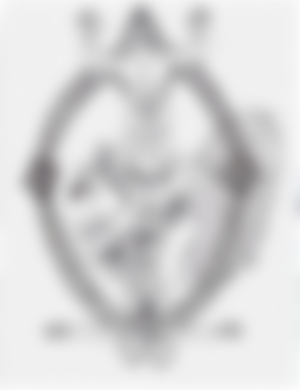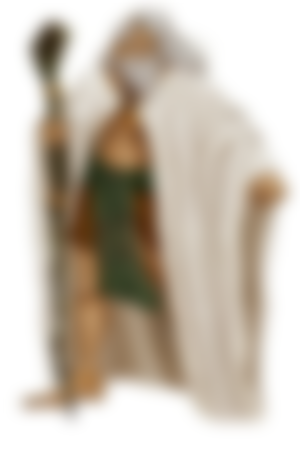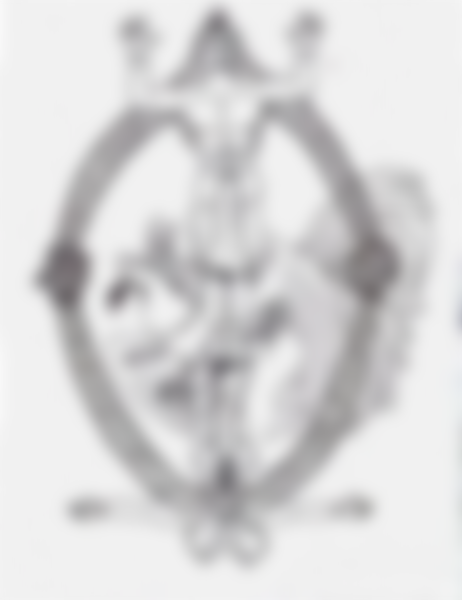It may sound attractive for book lovers and fans of mythologies to read an article or two related to this matter. And so for this article, we will gonna talk about that.
Zeus, Aphrodite, Ares, Hercules, Hermes, and many more greek gods and goddesses may sound so familiar to you. In this article, we will not talk about them. We will be talking about another mythology that may or may not be familiar to you. It is the Philipines Mythology. Sounds interesting, right? If your attention got hooked, consider reading it until the end.

Philippine mythologies are the Philippines' myths that have been or still are being passed down from one generation to another through oral means such as verbal communication. It is a compilation of stories and superstitions about mystic beings, a.k.a. deities whom our ancestors held guided everything.
Every ethnic community in the country has its own distinct pantheon of deities and faith systems. Here are some of the most dominant gods and goddesses in the Philippines:
Bathala

He is also recognized as Abba. This highest-ranking god was labeled as the creator of each thing. His origin is unknown, but his name implies Hindu influences. According to William Henry Scott, Bathala is gratified when his people obey his rules, providing everything they require to the point of spoiling them (so, the bahala na philosophy). But, this great god could also be rough sometimes, hurling lightning and thunder to those who trespass against him.
Dumangan
He was the Tagalog sky-god of good harvest. He is also the companion of Idianale. Dumakulem and Anitun Tabu were his son and daughter.
In Zambales culture, Dumangan (or Dumagan) induced the rice to "generate better grains." According to F. Landa Jocano, Zambales's early characters also held Dumagan had three siblings who were just as strong as him.
Idianale
She was one of the other minor deities who lived with bathala in the sky. Any of these lower-ranking gods and goddesses had distinct duties. Idianale is known to be the goddess of labor and good deeds.
There are varying reports as to what particular field Idianale was praised for. One Historian said that Idianale was the goddess of agriculture, while other references imply that she was the protector of animal stewardship, a branch of agriculture.
Dumakulem
He was the son of Dumangan and Idianale and the brother of Anitun Tabu, the wind goddess. The early Tagalogs honored him as the defender of the mountains. He is usually represented as a mighty and skilled hunter.
This Tagalog sky-god succeeding bound the knot with another primary deity, Anagolay, who is identified as the goddess of missed items. They had two children: Apolaki, who is the sun god, and Dian Masalanta, the lovers' goddess.
Apolaki
He is arguably the Filipino equivalent of the Roman god Mars. Apolaki emerged in some early myths. The Tagalogs worshiped Apolaki as the sun god as well as the front of the warriors. He accords almost the same features as Aring Sinukuan, who is known to be the Kapampangan sun god of war and death.
Prehistoric individuals of Pangasinan asserted that Apolaki spoke to them.
Are you enjoying the article?
This is the first part of this article. The next one will be posted soon. So, if you like this kind of article, may I know it by writing down your thoughts?

